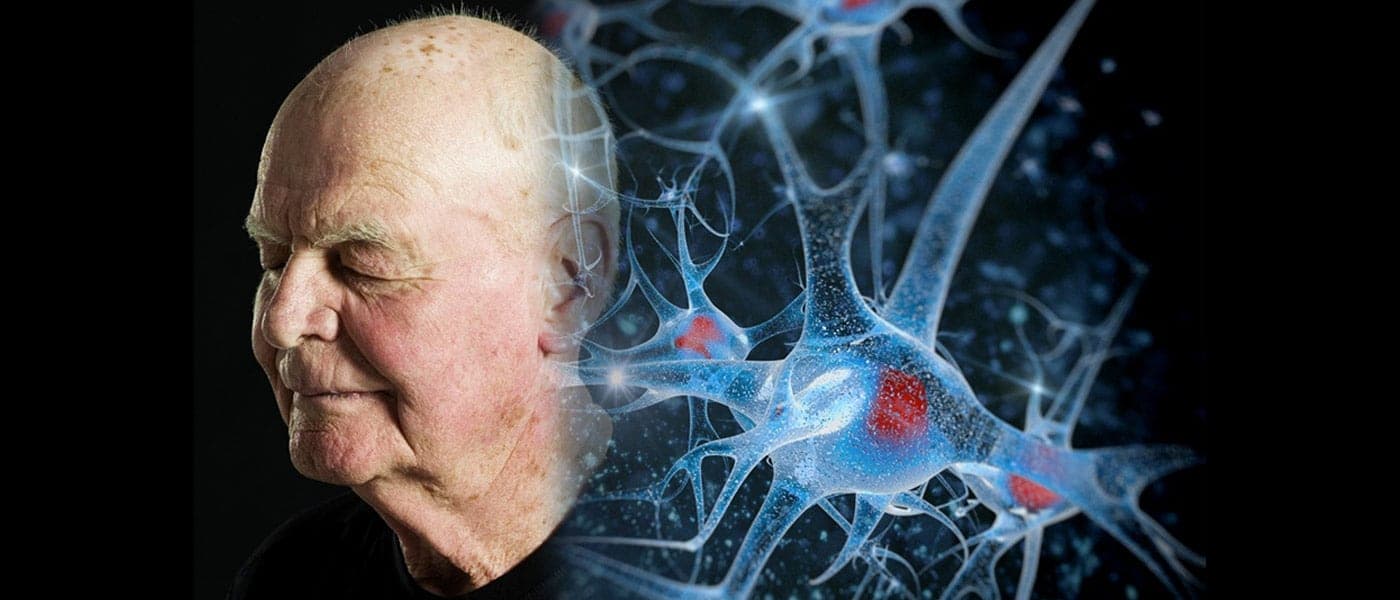A series of unfortunate events
A team of scientists has discovered that, despite having varied causes and symptoms, most brain diseases all share a common mechanism chain leading to brain cell death. The process, aptly named parthanatos after an enzyme called PARP and the Greek god of death, involves proteins eating away at the cell's DNA.
Credits: Yingfei Wang and I-Hsun Wu/Johns Hopkins Medicine
Using lab-grown cells, the study completed the parthanatos chain. Previous studies revealed how a protein called mitochondrial apoptosis-inducing factor (AIF) is involved in the carving up of the genome housed in the cell's nucleus. When it leaves is usual place in the mitochondria, the researchers believed that AIF itself doesn't cut DNA.
Yingfei Wang, then-postdoctoral fellow and now assistant professor at the University of Texas Southwestern Medical Center, tested 160 human proteins and identified one called macrophage migration inhibitory factor (MIF) to work hand-in-hand with AIF.
"We found that AIF binds to MIF and carries it into the nucleus, where MIF chops up DNA. We think that's the final execution step in parthanatos," says director of the Institute for Cell Engineering at the Johns Hopkins University School of Medicine Ted Dawson, whose earlier work together with Valina Dawson, served as the foundation of the study.
Better treatment and a potential cure
"I can't overemphasize what an important form of cell death it is; it plays a role in almost all forms of cellular injury," Dawson says. However, he warns that MIF's DNA-chopping abilities have only been linked definitively to stroke. Still, he is confident it's the right direction to take. "We're interested in finding out whether MIF is also involved in Parkinson's, Alzheimer's and other neurodegenerative diseases," he says.
Understanding the parthanatos completely opens the development of MIF-inhibiting drugs aimed at preventing, weakening, or stopping the process. The researchers are continually working on developing chemical compounds that can block MIF in lab-grown cells.
A report on the study can be found in Science.
Share This Article
